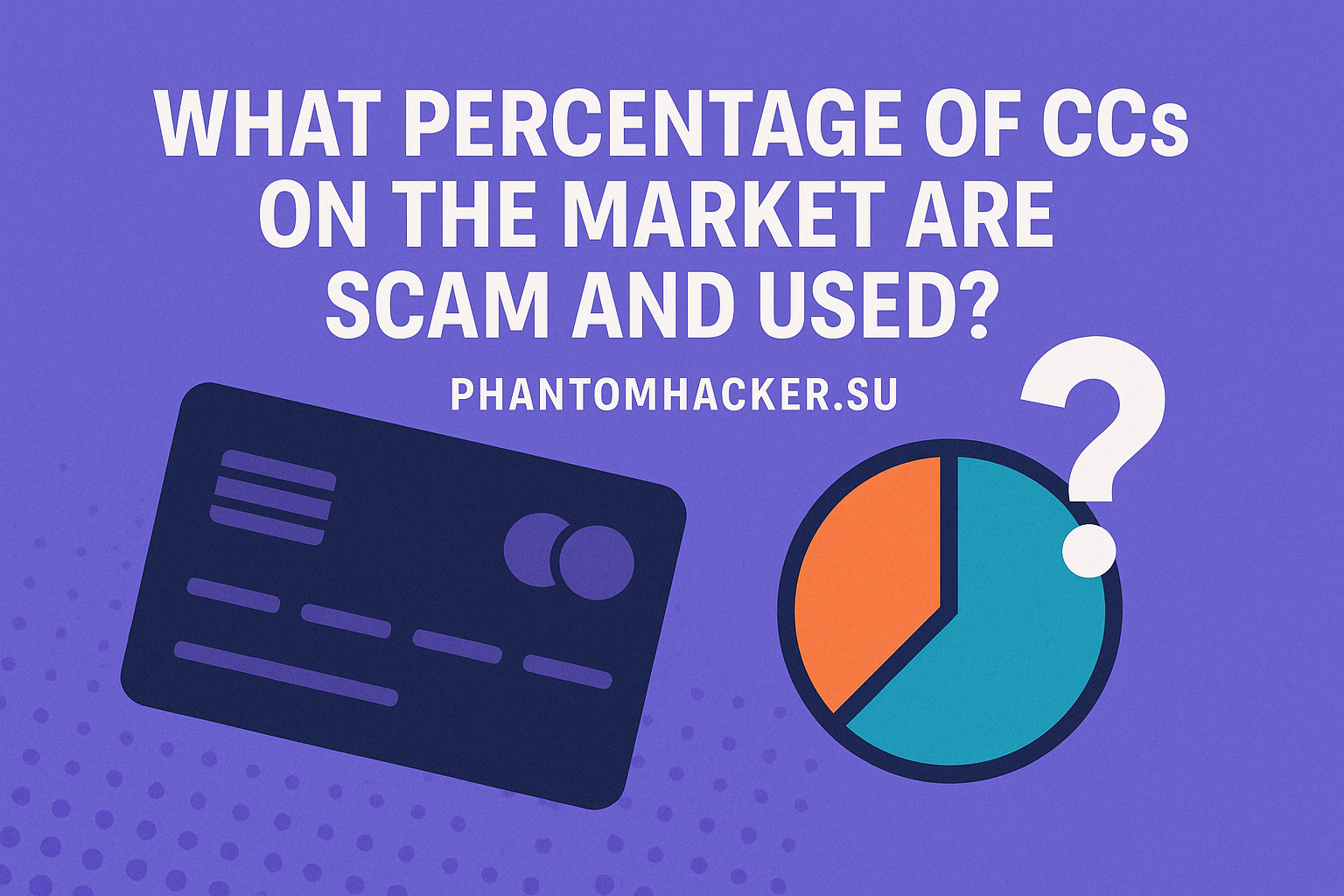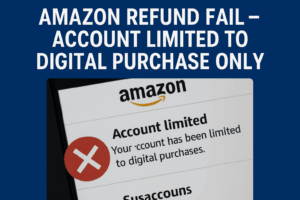They don’t teach you this in your first dark web seminar—or whatever laughable forum post some 17-year-old Reddit kid thinks passes as a course on carding. Here’s the truth no one’s putting in their overpriced PDF guides: 90% of the credit cards on these darknet markets are trash. Used, drained, or straight-up fakes meant to bait rookies into dropping their last $50 in Bitcoin on what amounts to digital ashes.
You think you’re about to flex with a fresh fullz and a platinum Amex? Nah. You just bought a ghost—a financial corpse that’s been recycled more times than a burner phone at a crackhouse.
Let me explain why the modern carding scene is not only a minefield but a rigged casino, and how you navigate it without ending up another sucker in a Telegram chat full of empty receipts and broken promises.

🧠 The Illusion of Abundance: Why Most CCs Are Bait
Scroll through any dark market’s carding section and you’ll see what looks like a goldmine—pages upon pages of CCs with promises like:
-
“Fresh Dumps Daily”
-
“Live Cards Only – High Balance Guaranteed”
-
“Trusted Vendor – 5,000+ Sales”
And sure, on the surface it looks good. But let’s peel that mask off.
Fact: The majority of these listings are pre-curated scams. Fake BINs, reused cards, expired dumps, or bait set up by vendors who know exactly how desperate beginners are.
In reality, you’re not shopping in a premium boutique. You’re fighting other sharks for what little fresh blood is left in a polluted reef. If it’s not the vendor scamming you, it’s your competition who’s already hit the card before you even checked the CVV.
💀 The Carding Market’s Rotten Core
Carding used to be an art. You’d hit a boutique vendor on a private forum, drop some coin, and walk away with verified info—cards that slid clean through Shopify or Nike with zero chargeback noise. But then came the flood.
Everyone and their cousin’s prison pen-pal decided they were gonna be “vendors.” Telegram groups swelled. Cracked tutorial sites promised riches. Carding went mainstream in the underground—and that’s when it died.
“Carding seems to be messed up as it got more popular…”
You’re not mistaken. It is messed up. Popularity killed it.
Here’s why:
-
Overexposure: The more people flood in, the more attention these markets get. More scams, more honeypots, more LE sniffing around.
-
High turnover: Vendors vanish faster than crypto wallets after a rugpull.
-
Vendor stacking: Big vendors resell junk to small vendors, who resell that same junk again. You’re getting 4th-hand garbage.
⚠️ Dirty Realities: How You Actually Get Scammed
Let’s break it down. Here’s how most people get burned:
-
Pre-Used CCs: The vendor sells a “fresh” card that’s already been hit 12 times in a week by other noobs.
-
Low Balance Traps: Yeah, it works, but the balance is $1.79. Enjoy your virtual Slurpee.
-
Bad BINs: You’re handed a card that trips every fraud filter imaginable.
-
Fake CVVs: Looks perfect—wrong expiration, wrong zip, fake name.
-
Spoof Reviews: Vendors stack their feedback using fake buyer accounts. You fall for the hype.
-
No Replacement Policy: They promise “replacements for dead cards” but ghost you after your first complaint.
And if you try to call them out? They’ll flip the script and label you the scammer. Classic.
🧠 How to Sniff Out a Real Vendor (If They Still Exist)
Good vendors are rare. Like, bitcoin-in-2012 rare. But they’re out there, buried under the noise.
Here’s what separates the real from the rats:
-
Private Circles: You won’t find them on Empire 2.0 or WhiteHouse 3.0. Real vendors work through invite-only channels or trusted escrow.
-
Inventory Control: They limit buyers. Too many users = more heat + drained cards.
-
Tight Refund Rules: Believe it or not, a real vendor wants to refund dead cards—because that’s how they keep long-term buyers.
-
Live Testing: Ask if they’ll send a small-value test card first (and pay for it). Most fakes will say no or try to bait you into a larger buy immediately.
Remember: The best vendors don’t advertise. They don’t need to. Word travels fast in the right circles.
🧨 A Word on Loyalty and Greed
A comment from the thread hit a nerve:
“I don’t give my CC vendor because he doesn’t have a huge supply. The more people buying, the more likely I am to get low-tier cards.”
That’s real. Gatekeeping is part of survival in this game. You find a working plug? You never broadcast it.
Greed ruins everything. The minute too many mouths feed from one bowl, the food runs out—or gets poisoned.
If you’re smart, you’ll keep your sources tight. If you’re greedy, you’ll flex your vendor and watch your own pipeline dry up while you answer DMs from a dozen kids asking for “proof it works bro.”
🔍 What Percentage of Cards Are Trash?
Let’s talk numbers. Based on my own cycles and those of the old heads I still run with:
-
90% of listings on open markets = useless or recycled
-
5% = marginal (used once or twice, borderline expired, maybe works for Spotify or a burner Uber Eats)
-
5% = usable if you know the exact method to make them work
Now you tell me—are you in that 5%?
If you’re just copy-pasting BINs into card checkers without solid ops, without verified sites, proxies, or aging methods, you’re wasting your time. The good cards aren’t sitting around waiting for amateurs. They’re being drained by pros in under 20 minutes.
🔐 OPSEC or Die
A final warning: Even if you find a good card, even if you hit for $200, your biggest enemy isn’t the vendor—it’s you.
If you’re:
-
Checking cards from your home IP?
-
Logging into darknet markets without a hardened box?
-
Linking any account to your real email?
-
Using the same Bitcoin address twice?
Then congratulations—you’re a walking FedEx package with your name and address stamped on top.
You don’t just need CCs. You need OPSEC.
Good carding requires a full ecosystem:
-
Residential proxies
-
Isolated VMs or burner setups
-
Mixers for crypto hygiene
-
Drop addresses with zero ties to you
-
Timing your hits so they fall between anti-fraud cycles
This isn’t plug-and-play. It’s orchestrated fraud warfare.
🔥 Final Words from the Underground
If you’re just now waking up to the fact that the carding game is 90% smoke and 10% hustle, welcome to reality.
It’s not about the card. It’s about the network, the timing, and the discipline. The dumb get scammed. The reckless get caught. The patient make money and disappear.
You wanna win? Stop chasing random vendors and start building your infrastructure. Every card you buy is a test. Fail enough times and you’ll either wise up—or wash out.
Stay paranoid. Stay hungry. And above all—stay quiet.






